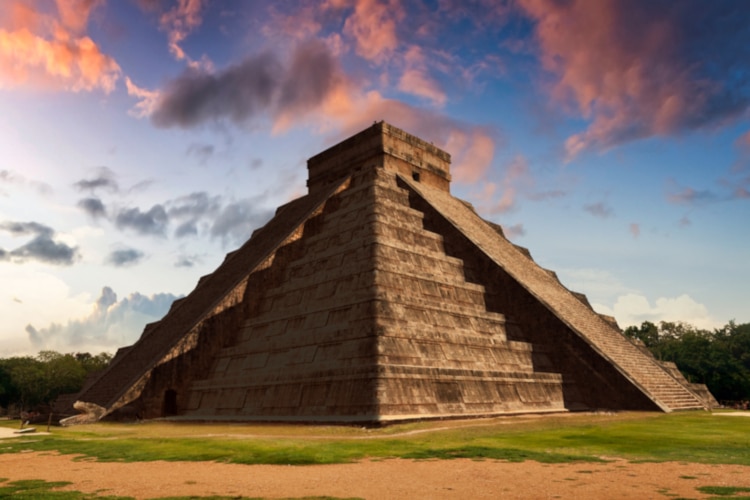Latin America
Related: About this forumScientists Have Finally Cracked the Code on How the Mayan Calendar Works
By Regina Sienra on April 21, 2023

Photo: SOMATUSCANI/Depositphotos
Despite being one of the most venerated and prolific ancient cultures, the Maya civilization is still surrounded by a veil of mystery. There are many aspects about the Mayans that have kept scientists and archeologists busy throughout the years, from their architectural wonders to the complexity of their deities. Overall, one of the most elusive elements of this civilization was a 819-day calendar—until now. The centuries-long enigma is now over thanks to two scholars from Tulane University, who have finally figured out how the Mayan calendar works.
John H. Linden and Victoria R. Bricker published their findings in the journal Ancient Mesoamerica. They explain that though previous examinations were onto something by thinking it related to the synodic periods—the time it takes for a planet to appear and then return to the same spot in the sky in relation to the Sun, as seen from Earth— the key was in viewing it across a much larger time period for it to be fully understood.
How much larger? Forty-five years to be precise. “Although prior research has sought to show planetary connections for the 819-day count, its four-part, color-directional scheme is too short to fit well with the synodic periods of visible planets,” the authors write. The key to the mystery was in the number at the heart of the Mayan numeral system, which is base-20. “By increasing the calendar length to 20 periods of 819-days, a pattern emerges in which the synodic periods of all the visible planets commensurate with station points in the larger 819-day calendar.”
In other words, the Mayans traced a 45-year view (20 periods of 819 days) of planetary alignment and turned it into a calendar. The confusing part about the 819-day period was matching planets that moved at very different speeds; but, once it contemplates 20 cycles—which is 16,380 days, or roughly 45 years—the synodic periods of the planets they knew at the time fall neatly into place. As Popular Mechanics makes clear, Mercury's 117-day synodic period was always the first piece of the puzzle, but once the 20 periods are charted, every planet fits in the mix. “Mars may be the kicker for the overall length. With a 780-day synodic period, 21 periods match exactly to 16,380, or 20 cycles of 819,” Tim Newcomb points out. “Venus needs seven periods to match five 819-day counts, Saturn has 13 periods to fit with six 819-day counts, and Jupiter 39 periods to hit 19 819-counts.”
More:
https://mymodernmet.com/how-the-819-day-mayan-calendar-works/
Deuxcents
(19,709 posts)I wonder how it is (was) that the Mayans built pyramids just like the Egyptians, the people of
India did, too, but just how that happened continents apart. The Mayans were mathematically superior or were they they only ones?
central scrutinizer
(12,441 posts)While Europeans were using Roman numerals
niyad
(119,909 posts)relayerbob
(7,019 posts)Both by the Mayans to have determined this system and for the scientists who have deciphered how it worked. Wow!
TeamProg
(6,630 posts)bhikkhu
(10,756 posts)...who tracked the planets and kept really careful track most of his life, and had a "Eureka" moment where it all made sense. I just wish the Spanish hadn't burned all those codexes, we might know more, or even the guy's name.
Alice Kramden
(2,393 posts)But I will read it again - thanks for posting!
3catwoman3
(25,440 posts)This make take several re-readings. 📅
Alice Kramden
(2,393 posts)Maybe it will land better in the morning, when I'm not so tired
DFW
(56,536 posts)I wonder if they got their more sophisticated lenses from Germany......?
BComplex
(9,075 posts)and I can't find that information again anywhere!
The Mayans definitely knew their stars and their math.
spike jones
(1,777 posts)they had to cut the heart out of a living human being? Or was that some other people?
central scrutinizer
(12,441 posts)Fucking religious zealots.